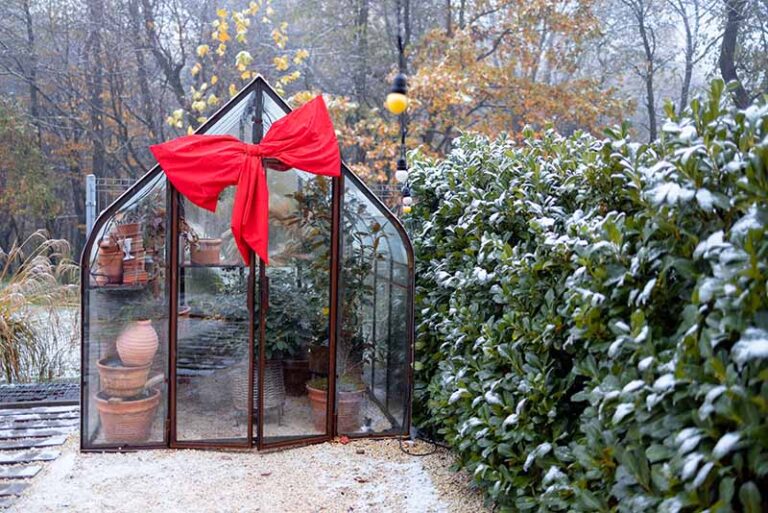Starting a vegetable garden rewards beginner gardeners with beautiful, fresh produce while promoting healthy living through nutrient-rich foods. Below is an expanding list of 10 vegetables perfect for novice gardeners, complete with growing timing, optimal conditions, essential vitamins, and benefits.
- Lettuce: Sow seeds in well-drained, loose soil from early spring to early fall. Most lettuce matures within 30 to 60 days, boasting vitamins A and K, folic acid, and fiber. Its cool-weather hardiness offers additional harvest flexibility, and diseases like E. coli are less likely to grow on these greens compared to those at grocery stores.
- Radishes: Easy to plant from early spring to late summer, radishes grow best in loose, well-drained soil with some shade. Most mature within three weeks, delivering fiber, vitamin C, and essential minerals. Popular varieties include “round red” and “white icicle,” while their spicy, crisp taste complements numerous dishes.
- Spinach: With a window from early spring to early summer, these dreary-weather favorites take about 40-45 days to mature. Best suited for partial shade, spinach contains vitamins A and C, as well as iron and calcium. This low-maintenance leafy green tolerates some frost and can be harvested for salads or steamed to maintain a maximum quantity of beneficial nutrients.
- Peas: Peas flourish in well-drained soil from early spring to midsummer. With maturity between 60 to 70 days, each plant delivers plentiful vitamin C, vitamin K, and protein. Pods should be picked everyday to encourage continued production, and their nitrogen-fixing properties promote soil health for future crops.
- Bush Beans: Ideal for late-spring planting, bush beans mature within 45 to 60 days, providing fiber, vitamin K, and folic acid. Sow seeds 1 inch deep and space them 2 inches apart, ensuring abundant sunshine. This variety often thrives in pots, expanding growing options for novice gardeners.
- Summer Squash: Plant summer squash in well-drained soil in late spring or early summer. With harvest between 45 to 60 days, these veggies boast vitamin C, manganese, and iron. Heat-tolerant varieties, like zucchini, yield an abundance of tender, mild-tasting fruits fit for a plethora of sweet and savory dishes.
- Cucumbers: Rich in vitamin K and fiber, cucumbers reach maturity in 50 to 70 days. As they thrive in warm soil and full sunlight, plant seeds during late spring in loose, well-drained soil. Train cucumber vines to a trellis or other support structure, ensuring an adaptable, space-saving addition to a beginner’s garden.
- Tomatoes: Late spring to early summer planting lends best results to tomatoes. With maturity taking up to 70 to 80 days, tomatoes burst with vitamins A and C, vitamin K, potassium, and calcium. Popular varieties include “Better Boy” and “Early Girl,” with the latter producing fruits heartier than cherry tomatoes. Provide supports for their vines, and fertilize sparingly for optimal growth.
- Pepper: The seed-starting window lasts from early spring to middle spring, with transplanting taking place six weeks later. These vitamin C-packed fruits require 60 to 90 days to mature, thriving in loose, well-drained soil with ample sunshine. By sowing seeds indoors and providing constant moisture, beginner gardeners can enjoy a tasty assortment of fiery or mild bell peppers or other winter pepper varieties.
- Carrots: Typically sown in spring or early fall, carrots mature within 60 to 80 days. Plant seeds in loose, rock-free soil at least 1 inch apart and 1/2 to 1 inch deep. They can be harvested at any stage of maturity, offer abundant vitamin A, vitamin K, vitamin C, and calcium. Along with edible roots, their dark green tops deliver vitamins and make excellent vitamin-rich additions to soups. Keep the soil consistently moist and loose for optimal carrot growth.
To further develop your knowledge of each vegetable:
- Expand your gardening vocabulary by understanding terminology related to soil composition, pruning, or well-draining conditions.
- Take advantage of free gardening resources online. Determine when your local garden centers or nurseries are open for seed or plant purchasing.
- Explore local farmer’s markets and engage with experienced gardeners who can offer advice and support.
With the right tools, guidance, and determination, beginner gardeners can establish a lifelong love for gardening and improvements towards healthier eating habits. Start small, and before long, you will enjoy your many delicious harvests.



